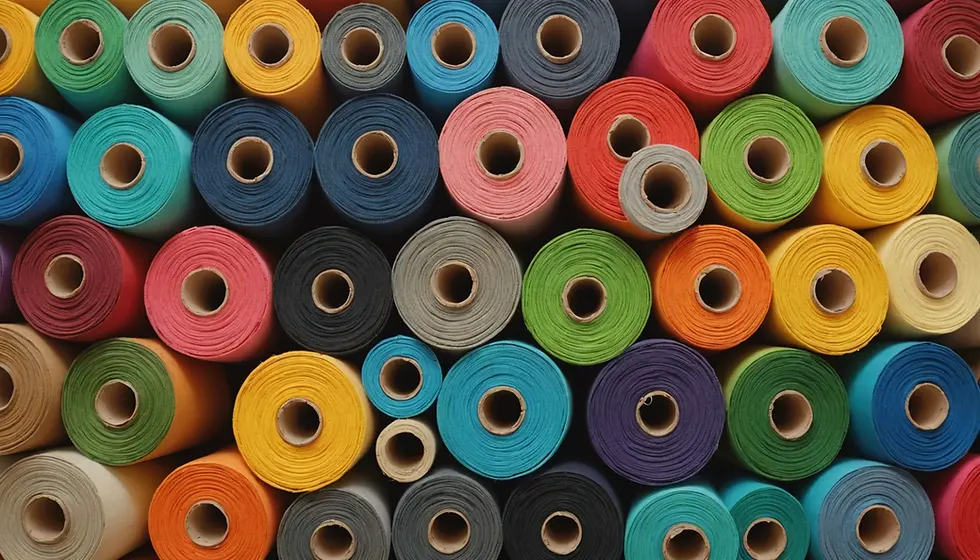Exploring Creative Opportunities in Fashion Design
- princessfaraj

- Mar 3
- 4 min read
Fashion design is an intriguing blend of art, creativity, and practicality. Designers craft garments that not only look good but also embody the spirit of various cultures and trends. As the fashion industry continues to evolve, opportunities for creative expression are abundant. Whether you are an aspiring designer or someone who simply loves fashion, there are numerous paths to explore in this dynamic field.






